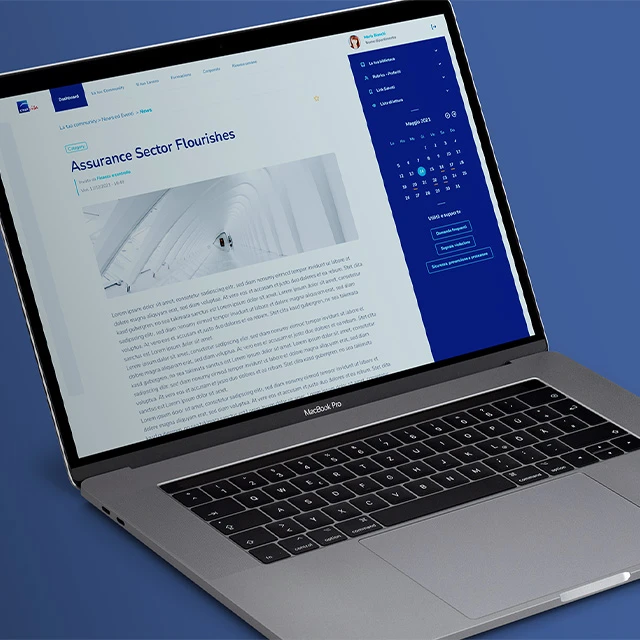Platform Engineering (Internal Developer Platform)
Developer Portal & Self-Service
We build your centralized Developer Portal, the beating heart of Platform Engineering. With tools like Backstage and CNCF technologies we design a tailor-made self-service platform. You’ll be able to provide your developers with pre-configured ‘golden paths’ for build, test, deployment, and observability.
Service Details
- Design and implementation of Developer Portal (Backstage)
- Templates and golden paths for developers
- Integration with existing CI/CD systems
- Self-service environment provisioning
- Unified catalog of services and APIs
- Automated onboarding for new projects
- Team productivity metrics







































